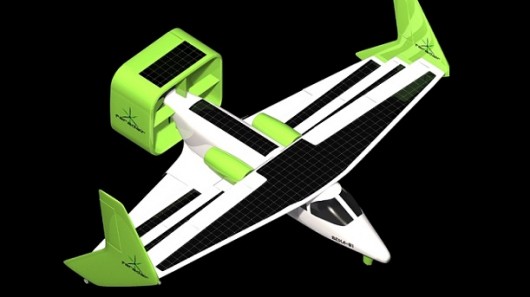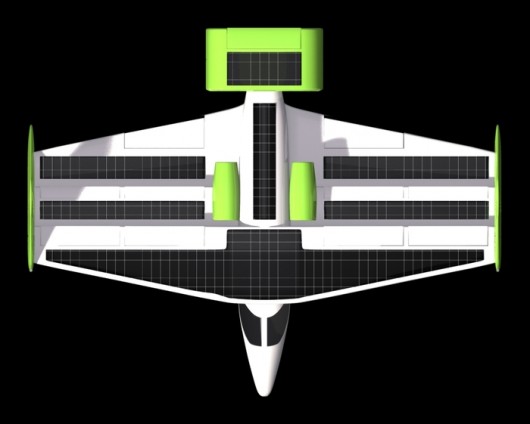The Faradair BEHA concept is intended to be one of the world’s quietest, most efficient and environmentally friendly aircraft ever created (Image: Faradair)
Image Gallery (15 images)
Touted as the world's first true hybrid aircraft, the Faradair BEHA (Bio-Electric-Hybrid-Aircraft) is a triple box-wing design concept that combines electric motors and a bio-diesel engine. Fitted with a range of energy conservation and recovery technologies, including solar panels on all flight surfaces and high-lift, low-speed flight capabilities, the BEHA is intended to be one of the world’s most environmentally friendly aircraft.
Aimed at the traditional multi-role light aircraft market, the BEHA concept is premised for a range of operations with lower cost overheads and minimal environmental effect. Included in a potential list of users are those who are engaged in inter-city travel, operate flight schools, run observation and emergency services, or simply want a low running cost aircraft for recreational use.
To this end, the designers of the BEHA claim that their concept electric design offers true "hybrid" dual-fuel capability with a combined bio-diesel/electric propulsion combination that will put it into a different league from currently available electric aircraft, by no longer requiring ground-based recharging. As such, it is intended that the Faradair craft also employ such energy recovery technologies as all flight surfaces being skinned with solar panels, along with wind-turbine technology to allow battery-charging for the vehicle whilst it is in-flight or on the ground.
The plan is to equip the BEHA concept with twin electric fan motors (from the company's renderings, somewhat similar in appearance to those used on the recently flown Airbus E-Fan electric aircraft) that deliver some 200 hp (150 kW) each, in combination with a similarly powerful bio-diesel generator incorporating a ducted pusher propeller. Designed to take off and land using electric power, the bio-diesel engine is intended to recharge the batteries whilst the craft is cruising to increase the overall performance and flying time.
"Markets will be opened up as this lightweight, state-of-the-art, carbon fiber, high-lift designed aircraft will negate night flight restrictions and pollution concerns," says Neil Cloughley, Managing Director of Faradair Aerospace Limited. "Its truly radical and futuristic design aims to follow in the footsteps of other great aviation achievements by becoming a game changing aircraft that helps transform aviation as we know it today."
The inspiration for the BEHA was the de Havilland Dragon Rapide, an iconic British design from the 1930s. With a large surface area from its three lift surfaces, combined with an efficiency-enhancing box wing design that reduces turbulent airflow, the makers of the BEHA also hope to emulate the popularity and success of their design's inspiration as a comfortable, smooth flying model of light commercial transport.
A range of active and passive safety features are promised, including a ballistic parachute recovery system, high-impact capability crash protection (apparently modeled on Formula One motor racing technology), the ability to run on fewer than its full complement of engines, and a high-efficiency glide capability that allows longer unpowered flight in the unlikely event that all engines fail.
And – perhaps most interesting of all – the ultimate safety feature: If anything should happen to the pilot and he is unable to fly the plane, Faradair also plan to outfit the BEHA with a remote control system so that the aircraft can be flown and landed by a pilot in control from the ground. Despite the fact that no such system has yet had approval on any aircraft, the designers believe that being able to remotely control the craft in times of emergency would boost passenger confidence and safety immensely.
"This aircraft will be one of the most eco-friendly and safest aircraft in the world, costing somewhere close to $1m US Dollars per aircraft," says Cloughley. "Plus our production facility will be equally environmentally focused."
Recently launched on Kickstarter, the company intends to spend the next 12 months through 2015 on Research and Development, with a specific aim to complete specifications and fabrication of prototype parts, provided its £20,000 Kickstarter aspirations are met.
Source: Faradair


Nenhum comentário:
Postar um comentário
Observação: somente um membro deste blog pode postar um comentário.